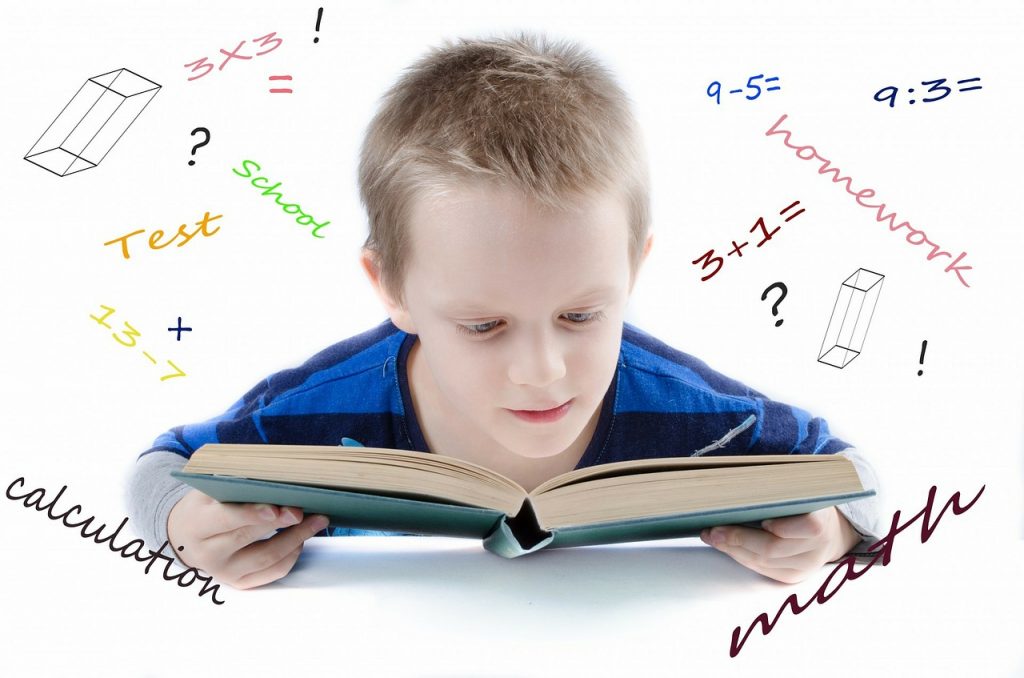 As a parent, you want what is best for your child. You would do whatever it takes to help him or her succeed, especially in the classroom. You are willing to help and support your child and go above and beyond to help at home. The want and desire to help your child is not the problem: it’s the ability to help. The difficult question that remains is, “ How Can I Help My Child with Math at Home? ”
As a parent, you want what is best for your child. You would do whatever it takes to help him or her succeed, especially in the classroom. You are willing to help and support your child and go above and beyond to help at home. The want and desire to help your child is not the problem: it’s the ability to help. The difficult question that remains is, “ How Can I Help My Child with Math at Home? ”
Mathematics is a subject that normally yields two responses. Either “I Love Math!” or “I Can’t Stand Math,” and normally there is no in-between. Listed below are math tips for parents. These are for all parents and especially for those of you “I Can’t Stand math” parents.
5 Ways to Help Your Child with Math at Home
Positive Attitude
Of all the math tips for parents, one of the easiest ways to help your child with math at home is to have a positive attitude about mathematics. A positive attitude is contagious. Start by checking yourself. If you disliked math growing up, set aside your views and give your children a chance to decide for themselves.
Children are very impressionable, especially at a young age. If you show a negative attitude towards math, it will surely affect your children’s attitudes about the subject. Encourage your kids. Tell them that math is important and can be fun! Find activities, games, and programs that promote this attitude.
Relaxed Environment
Work on math at home together. This can be tough for a child to get excited about. After a long school day, it may be the last thing he or she wants to do, so creating a fun and relaxed environment at home for your child can help.
Children have enough stresses at school and with extracurricular activities. Let’s give them a break and make learning mathematics at home something your kids look forward to.
You can accomplish this by keeping it light:
- Look at problems and possible solutions together.
- Go back and forth on how to attack a problem.
- Listen to your child’s process and give feedback.
- Allow your children to explain what they’re thinking.
- Encourage creativity and know that mistakes come with progress.
Keeping the environment relaxed and open to conversation and debate will help the students understand and process the material rather than merely following steps.
Just remember: do NOT solve the problem for your child.
Use Real World Examples
Avoid the typical math worksheets that just involve repeated drills. Yes, drills are important for computation purposes, and repeated practice does help. But it’s important to supplement these drills with real world applications and scenarios.
Real world problems engage students and promote critical thinking. In addition to being more fun for the students, it allows children to think outside the box. Real world problems also bring multiple topics together. They encourage a creative approach and can usually be solved in a number of ways. Bringing together multiple topics and being able to solve a problem a different number of ways, forces students to a higher standard of thinking. It utilizes existing memorization and promotes understanding.
Know Expectations and Standards
In order to help your child at home, you must know the standards and expectations that are required at his or her grade level. Have open communication with the teachers, tutors, or after-school programs. Understand the National standards and curriculum that your child is expected to master.
With that being said, don’t be afraid to challenge your child. Continue to assess and re-evaluate your child’s progress and keep setting the bar a little higher and higher. This will raise confidence and, therefore, raise ability.
Last and Certainly Not Least…Practice Makes Perfect!
All of the other math tips for parents are extremely beneficial and important, but at the end of the day there is no success without practice – and more practice!
Make sure your child is spending enough time and effort to understand topics. Math is a subject that continues to build and build, and without a solid foundation, your student can get left behind.
- When students are first learning the process of multiplication they learn a process called repeated addition. For example, 8 x 5 = 8 + 8 + 8 + 8 + 8. If your student is behind on addition they will not be able to compute the repeated addition quickly enough to keep up with the class. So to learn multiplication, addition is a must.
Make sure your child is putting in the time and effort to practice enough into foundational skills to continue to grow.
These tips will surely ensure your children have a pleasant and successful life with math. Keep math fun and exciting, and show them that math is used every single day. Use these tips and, hey, maybe you will turn your students into “I Love Math” people!
Author: Nate Baltzer, Teacher at A Grade Ahead

One response to “How Can I Help My Child with Math at Home?”